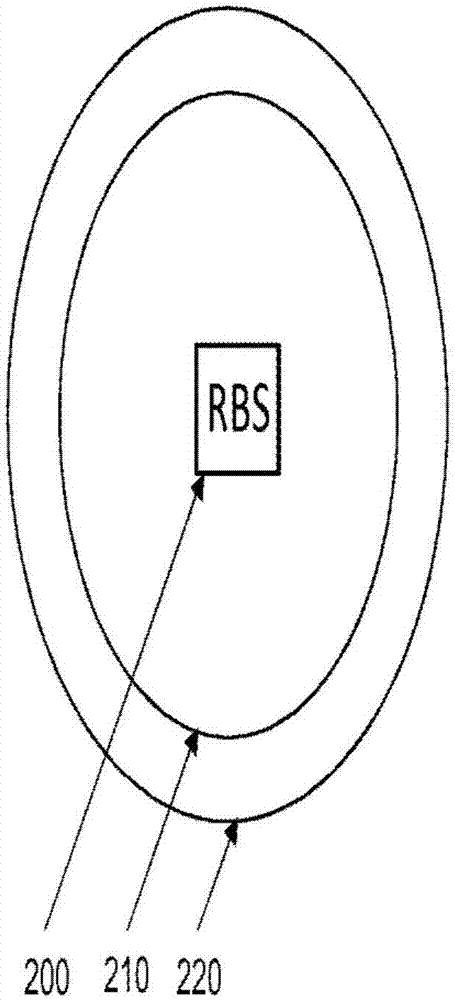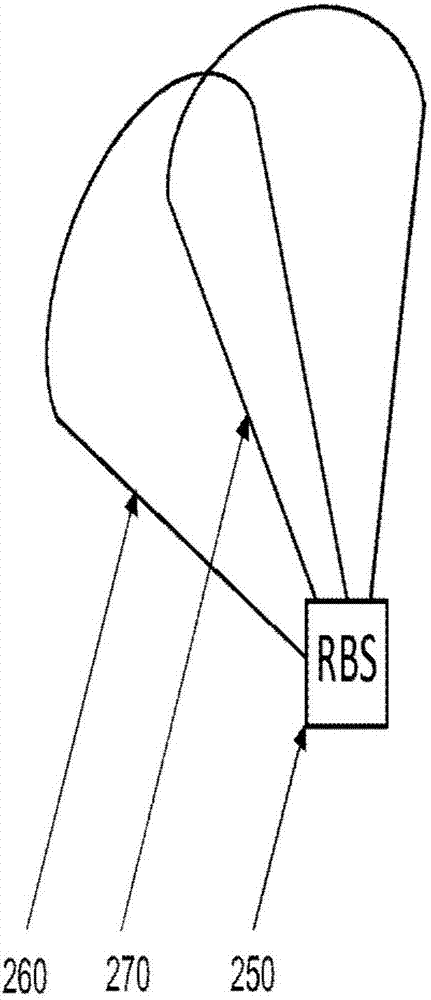Method, system and device for inter-frequency load balancing in a mobile telecommunications network
A load balancing and communication network technology, applied in network traffic/resource management, wireless communication, electrical components, etc., can solve problems such as insufficient performance and complex selection
- Summary
- Abstract
- Description
- Claims
- Application Information
AI Technical Summary
Problems solved by technology
Method used
Image
Examples
Embodiment Construction
[0137] reference figure 1 , 2A And 2B, in the implementation of the Evolved Universal Mobile Telecommunications (UMTS) Terrestrial Radio Access Network (E-UTRAN) system, an explanation of the improved load balancing system in the cellular communication system is given. However, the proposed improved load balancing system can also be applied to other cellular network systems, such as Global System for Mobile Communications (GSM), Personal Handheld System (PHS), Universal Mobile Telecommunications System (UMTS), Digital Enhanced Cordless Telecommunications (DECT) ), Digital Advanced Mobile Phone System (AMPS) (IS-136 / Time Division Multiple Access (TDMA)).
[0138] In this explanation, the reference to the long-term evolution (LTE) network may be equivalent to the E-UTRAN system, and the radio base station (RBS) may be equivalent to the evolved node B (eNodeB) applied in the LTE network.
[0139] Although as Figure 2A The cell shown can be implemented as overlapping concentric solid ...
PUM
 Login to View More
Login to View More Abstract
Description
Claims
Application Information
 Login to View More
Login to View More - R&D
- Intellectual Property
- Life Sciences
- Materials
- Tech Scout
- Unparalleled Data Quality
- Higher Quality Content
- 60% Fewer Hallucinations
Browse by: Latest US Patents, China's latest patents, Technical Efficacy Thesaurus, Application Domain, Technology Topic, Popular Technical Reports.
© 2025 PatSnap. All rights reserved.Legal|Privacy policy|Modern Slavery Act Transparency Statement|Sitemap|About US| Contact US: help@patsnap.com



